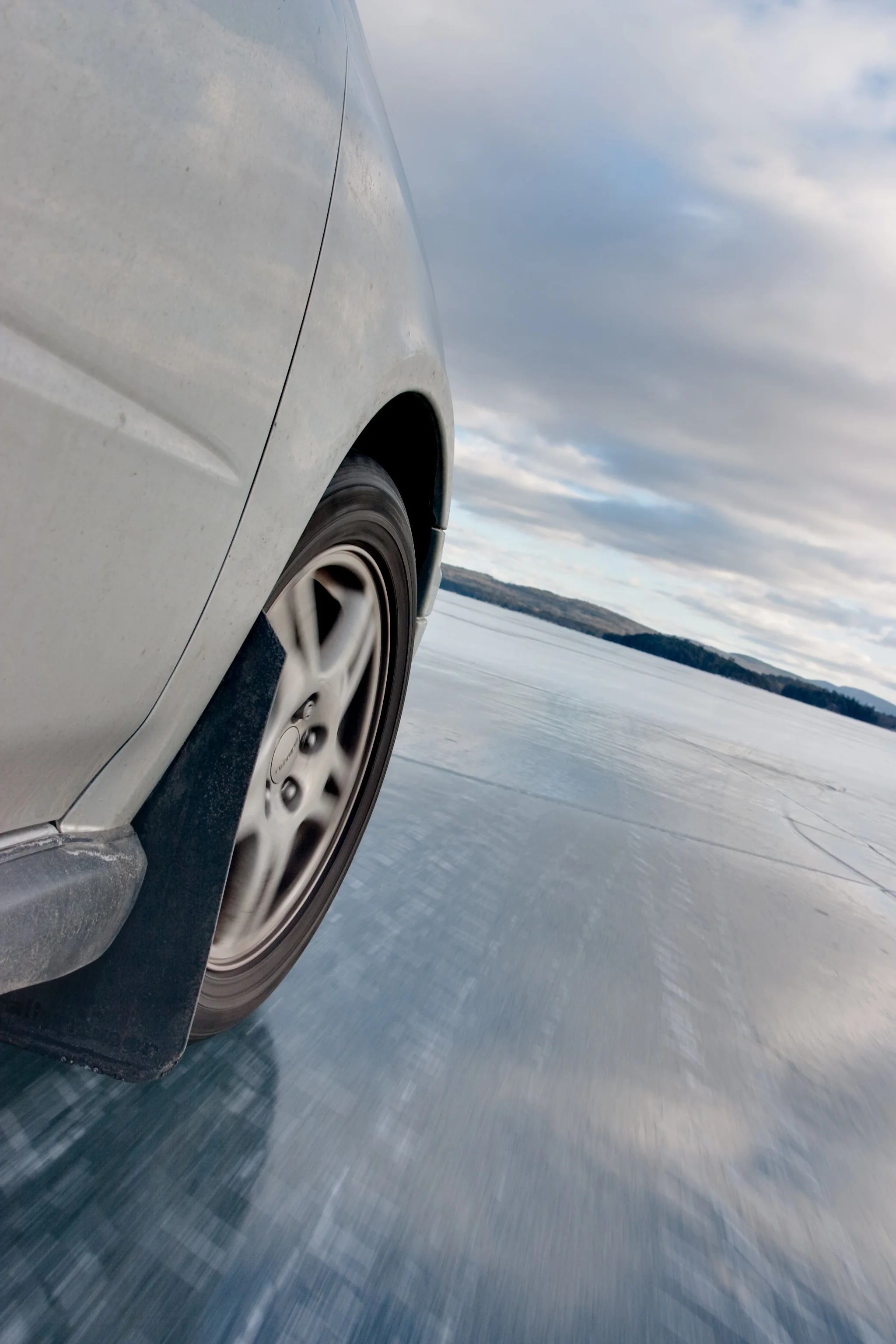“Is the ice safe yet?”
It’s a question many Minnesotans ask as the days turn colder. Ice fishing is one of the unique joys of a midwestern winter, but if you plan to take your vehicle for a spin on the ice, you’d be smart to think safety first. Driving on the lake is a whole different ballgame.
Before you go, keep these tips in mind:
1. Check the Ice
You won’t be able to tell just by looking at it. The Minnesota Department of Natural Resources recommends you keep your vehicle off the ice unless the ice measures at least 8 to 12 inches thick for a car, or 12 to 15 inches thick for a pickup truck.
A local bait shop or resort can tell you about the local ice conditions, but you should also check it out yourself once you’re on the lake. Punch a hole in the ice using a chisel, ice auger, or cordless drill, and measure with a tape measure.
2. Be Prepared for Crisis
Breaking through the ice while in your car is a worst-case scenario. It’s best to be ready in case it becomes reality. Keep a window breaking tool in an easily accessible location, like your visor, so you can break out if the car sinks. Electric door or window locks may not work underwater – don’t rely on them!
3. Know the Lake
The best lake to drive on is one you know by heart. That’s because lake depth and currents change throughout a body of water. That can make ice thickness even less predictable. The Minnesota DNR recommends checking ice thickness every 150 feet to be safe. This is especially important if there’s snow cover on the ice.
4. Don’t Get Too Comfortable
In many ways, driving on the ice can feel safer than walking on it. You might be tempted to speed up with the open lake in front of you. Don’t fall for it. Quick-moving vehicles can rupture the ice and make it harder to stop if you spot trouble.
Once you’ve parked your vehicle on the ice, be sure to move it every two hours. Drill a hole in the ice next to it. If water overflows the hole, the ice is sinking and you should move your vehicle. Park it at least 50 feet away from other vehicles or ice shacks.
6. Keep Your Vehicle in Tip-top Shape
You wouldn’t want to have car troubles while you’re on the ice. Imagine trying to rely on a tow truck when you’re parked on a lake! Be sure that you are staying on top of regular maintenance and make any necessary repairs to your vehicle before venturing on the lake.
If you’re in the market for a used car or are looking to do some work on your existing vehicle, stop by Augusta Auto Body.



